
This isn’t just CosPlay.
These are the origins of the Universe, the concept of duality, the personification of diety, the reverence for the dead, the mourning of loss, and the paralyzing fear of the devil. These weighty themes and others have regularly been addressed through masks, costumes, and dance in rituals dating back to 3000 B.C. in Mexico. During the Pre-Hispanic period, people became gods and devils, eagles and jaguars – by donning masks.
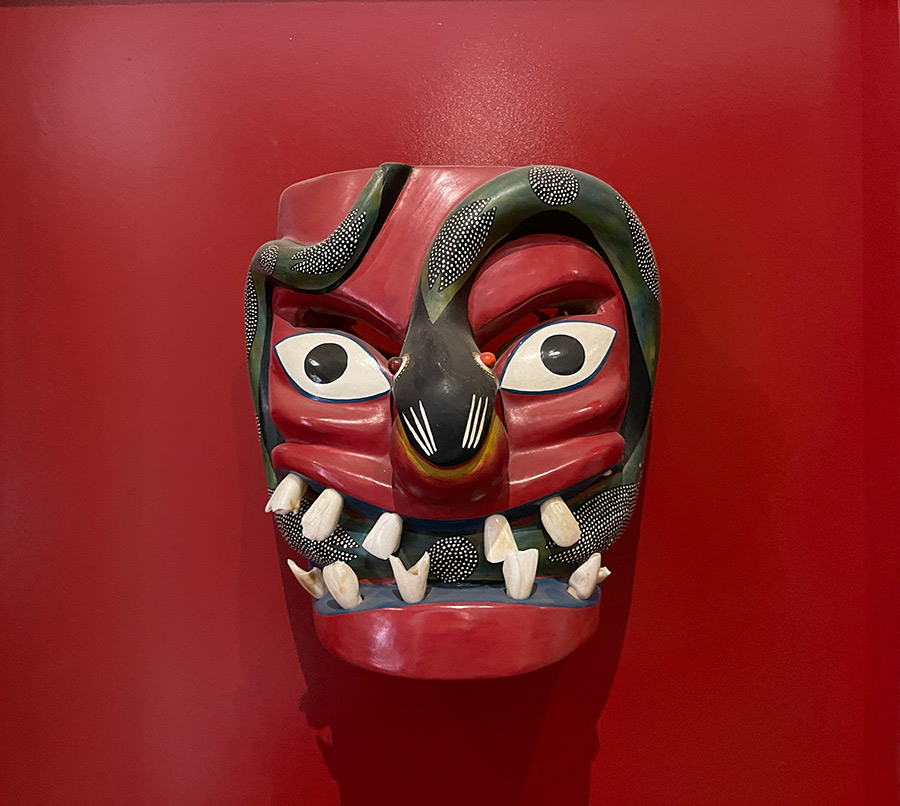
Wearing a mask in ritual or celebration, one could assume powers over the harvest, influence relationships, attempt to sway health outcomes and even predict the future. Later, pagan practices were folded into western religious practices to gain new adherents (and donations) to the church, fortifying their importance in the histories re-told to future generations.
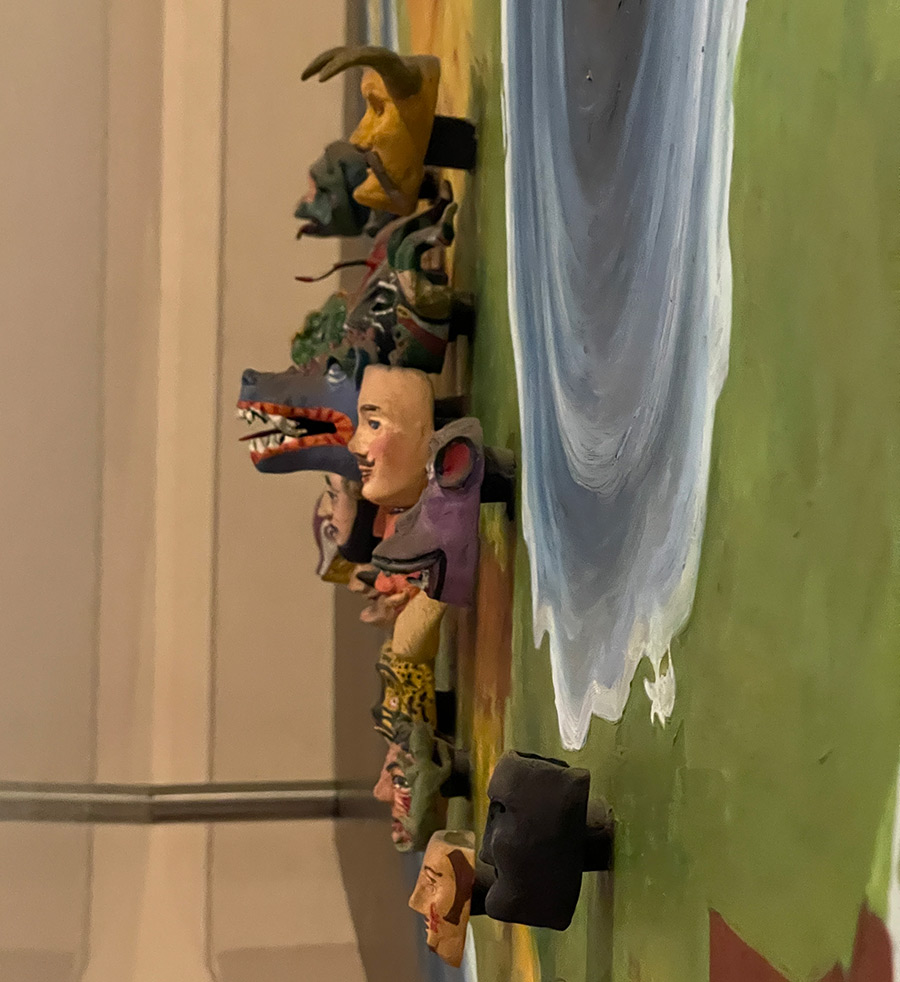
The masks we saw this week at the National Museum of the Masks (Museo Nacional de la Máscara) in San Luis Potosi were formidable, frightening, and fascinating – and you are guaranteed that there is never a dull moment as you walk from room to room. The mechanics of artifice and imagination summon some of the strongest emotions and associations perhaps because of their human scale. Whether made for “Las Mascaradas” or in later centuries at “El Carnaval” one realizes that sophistication and skill can be revealed in the most intricate pieces with valuable materials and those of the roughest cut or bluntest application of color.
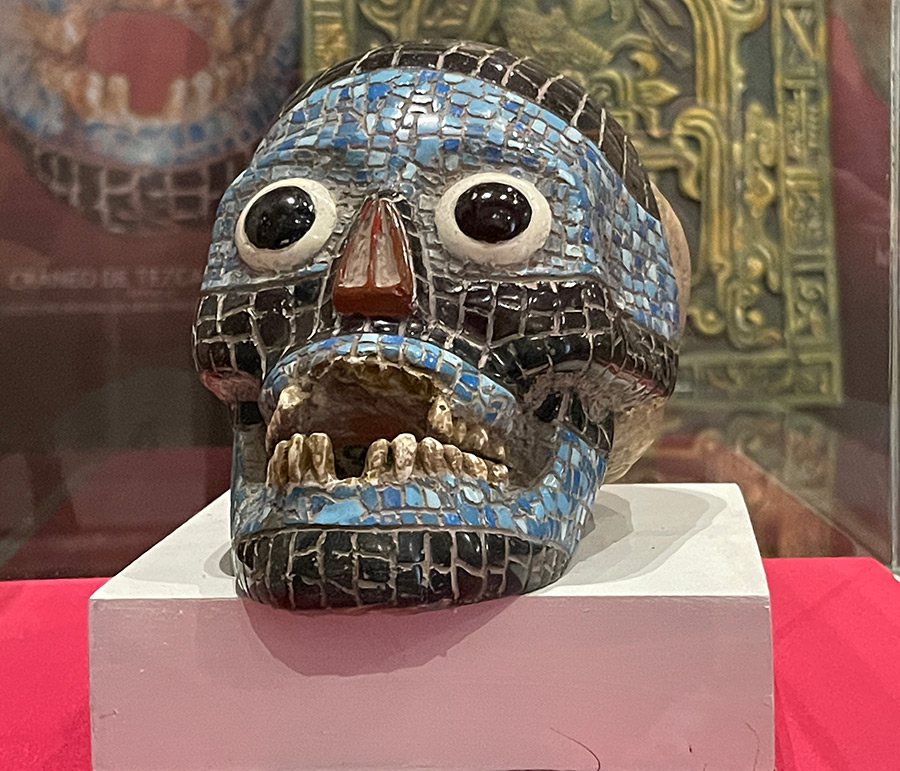
Housed in a colonial palace in the beautiful historical center of the city that was declared a World Heritage Site by UNESCO in 2010, surprisingly this museum presentation appears to have missing texts, holes where items once were, and darkened lights – detracting from the grand history of masks in general, and Mexico’s role in particular. A final section dedicated to masks worn by wrestling performers known as luchadores is a missed opportunity to connect the ancient with the contemporary and pay homage to the powerful impact and significance these masks have had in multiple media and on modern imaginations.
Overall the masks and costumes are incredibly impressive, drawn from regions and tongues across the country and centuries. Seeing these masks in this grand former home gives visitors a greater appreciation for the role artists have played in communicating the sacred and profane, the rituals of celebration and mourning, the creation of drama and myth, and the creation of traditions.
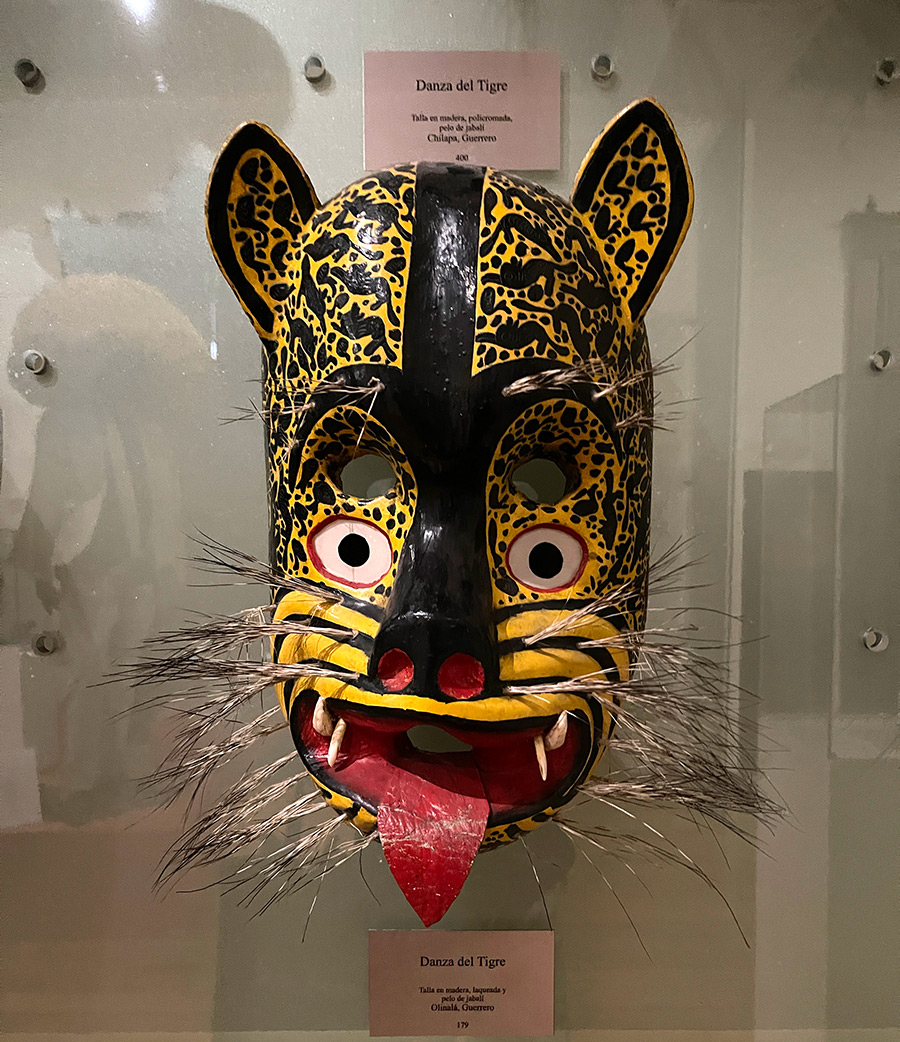
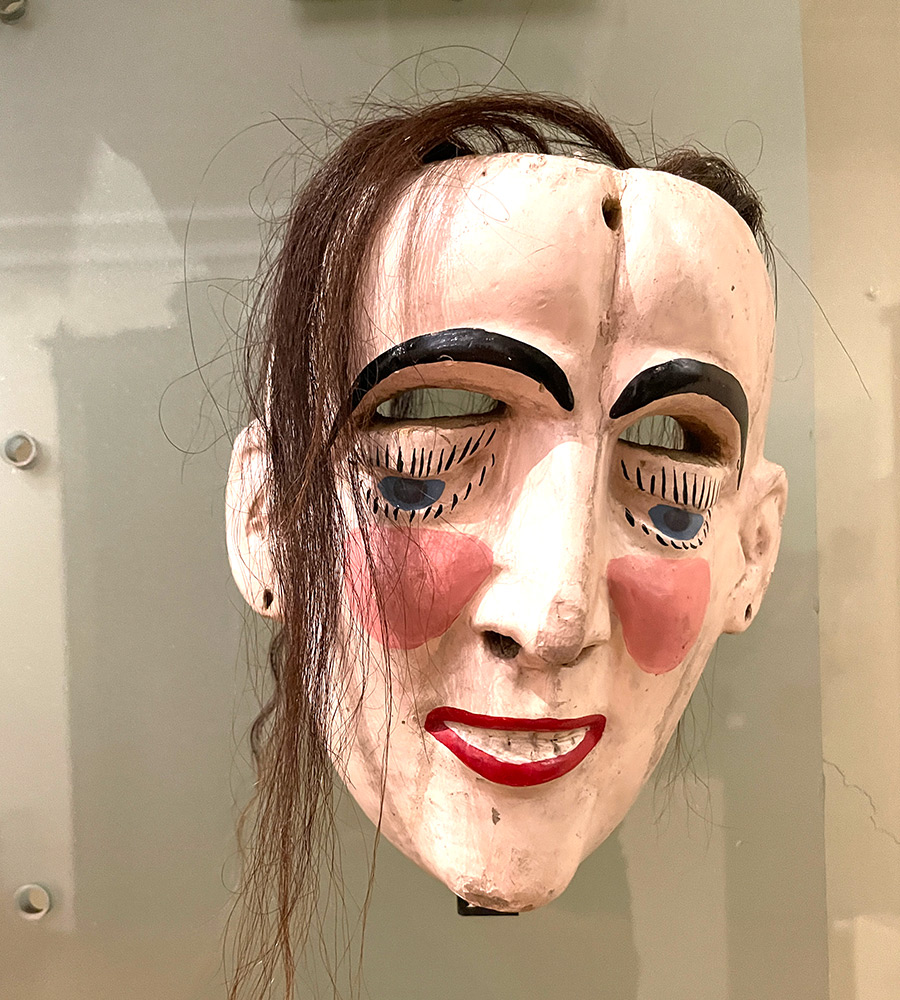
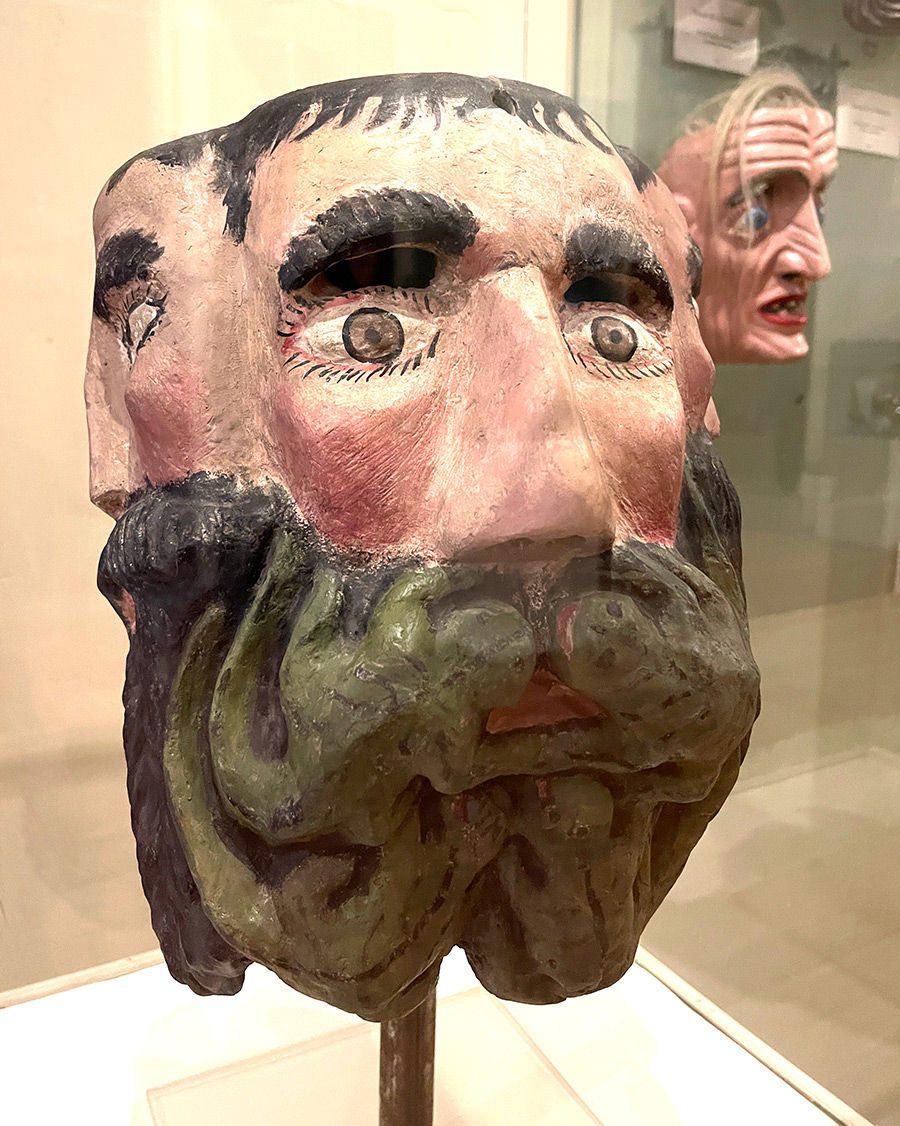
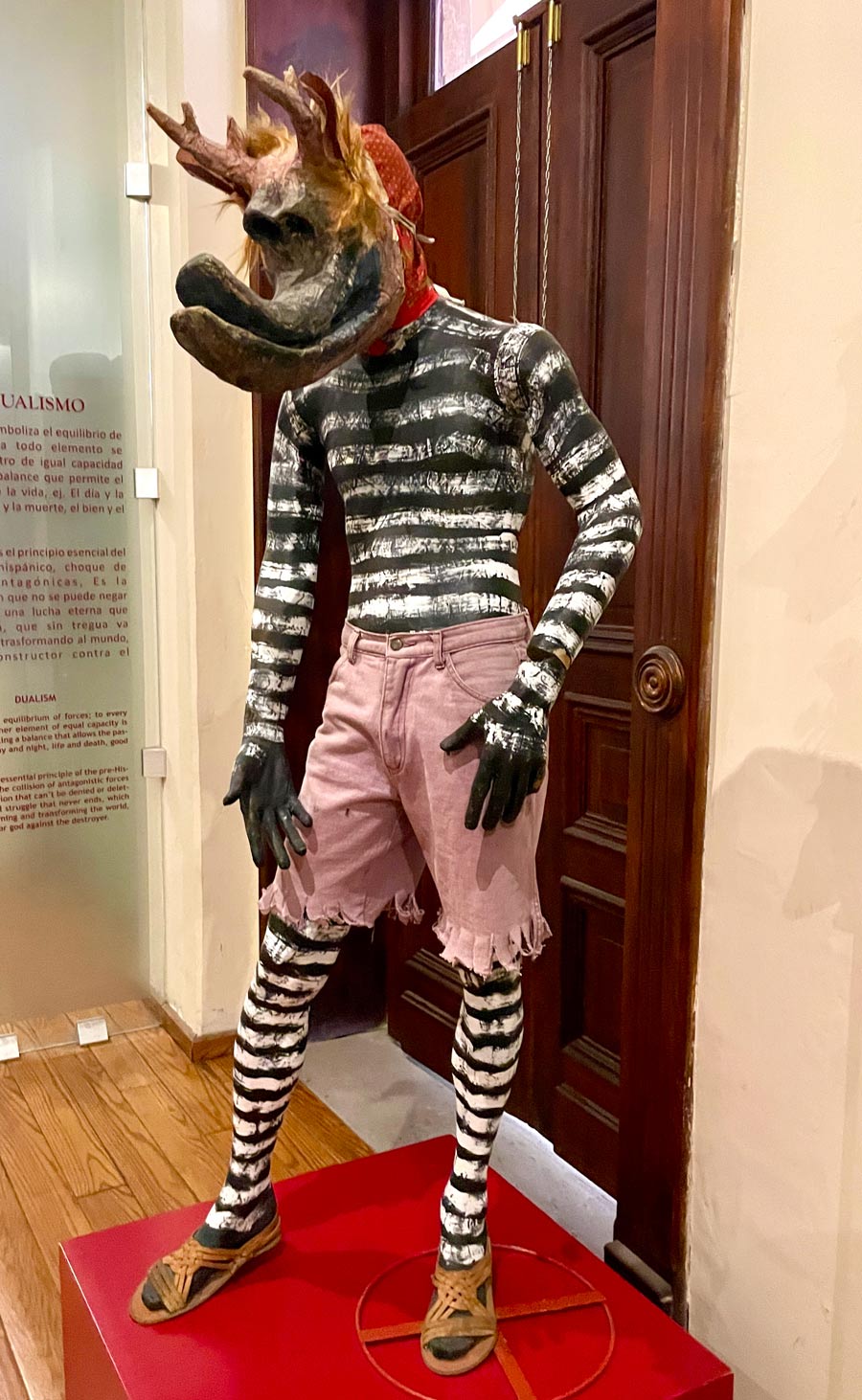
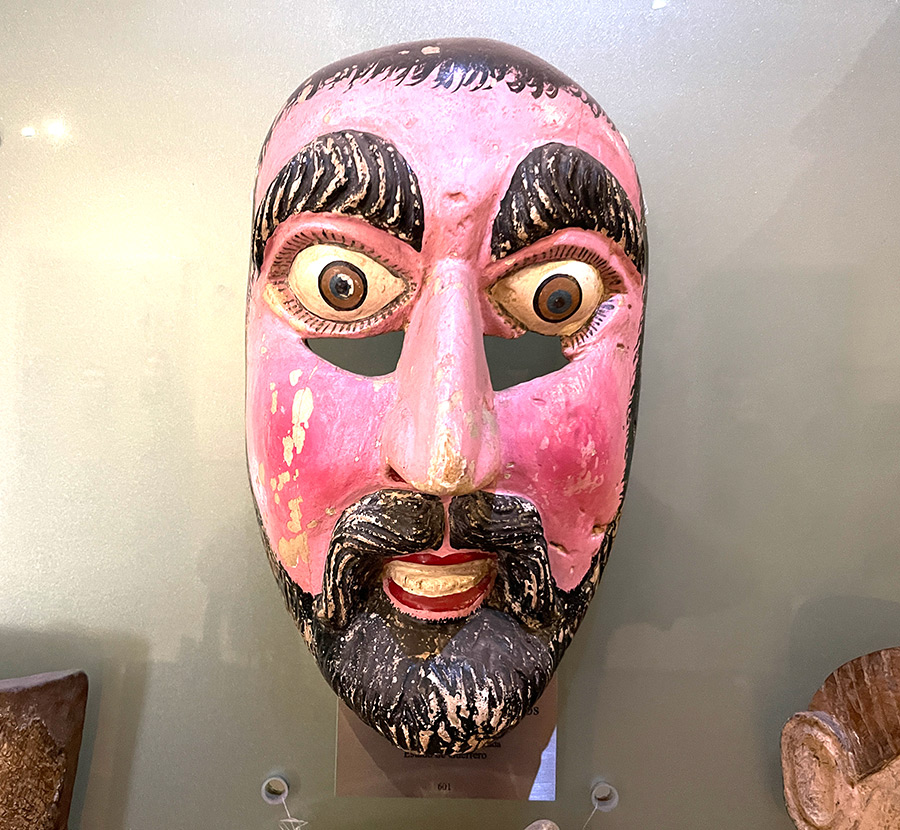

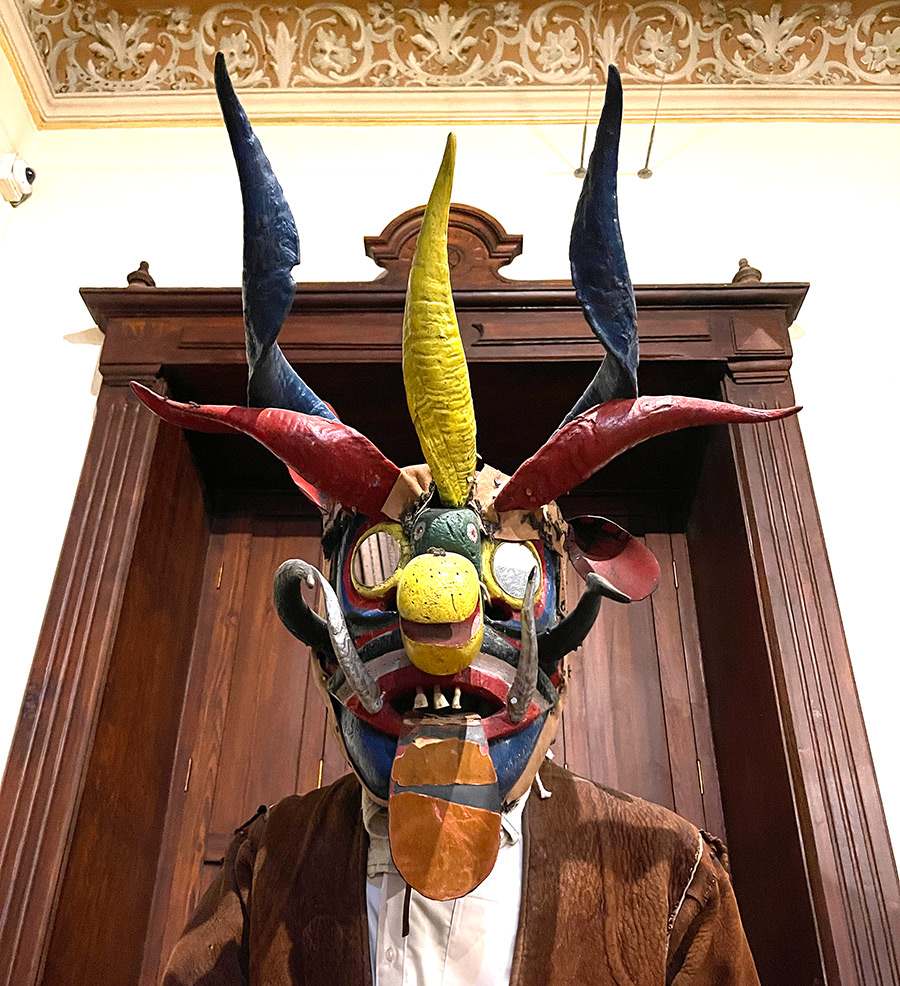
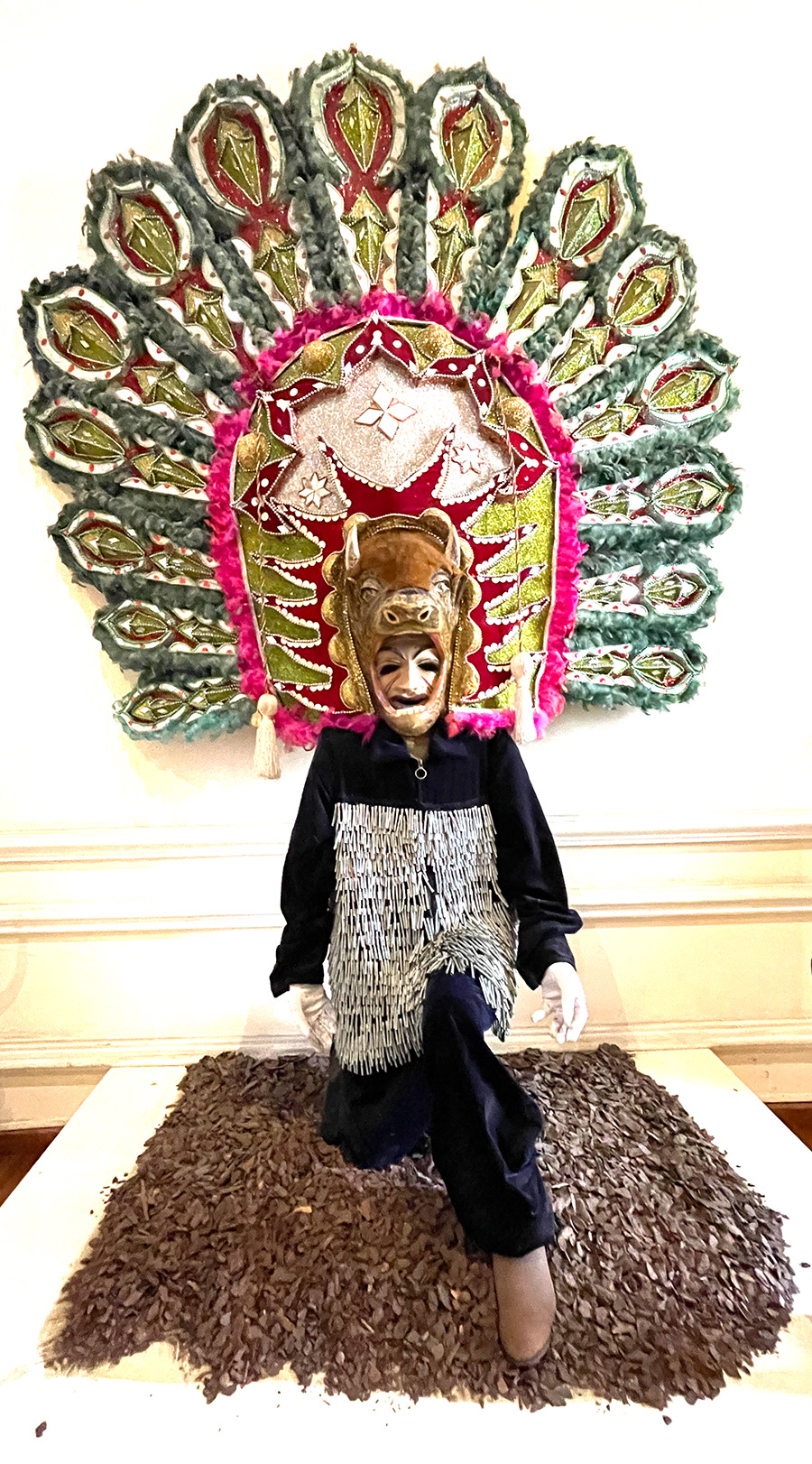

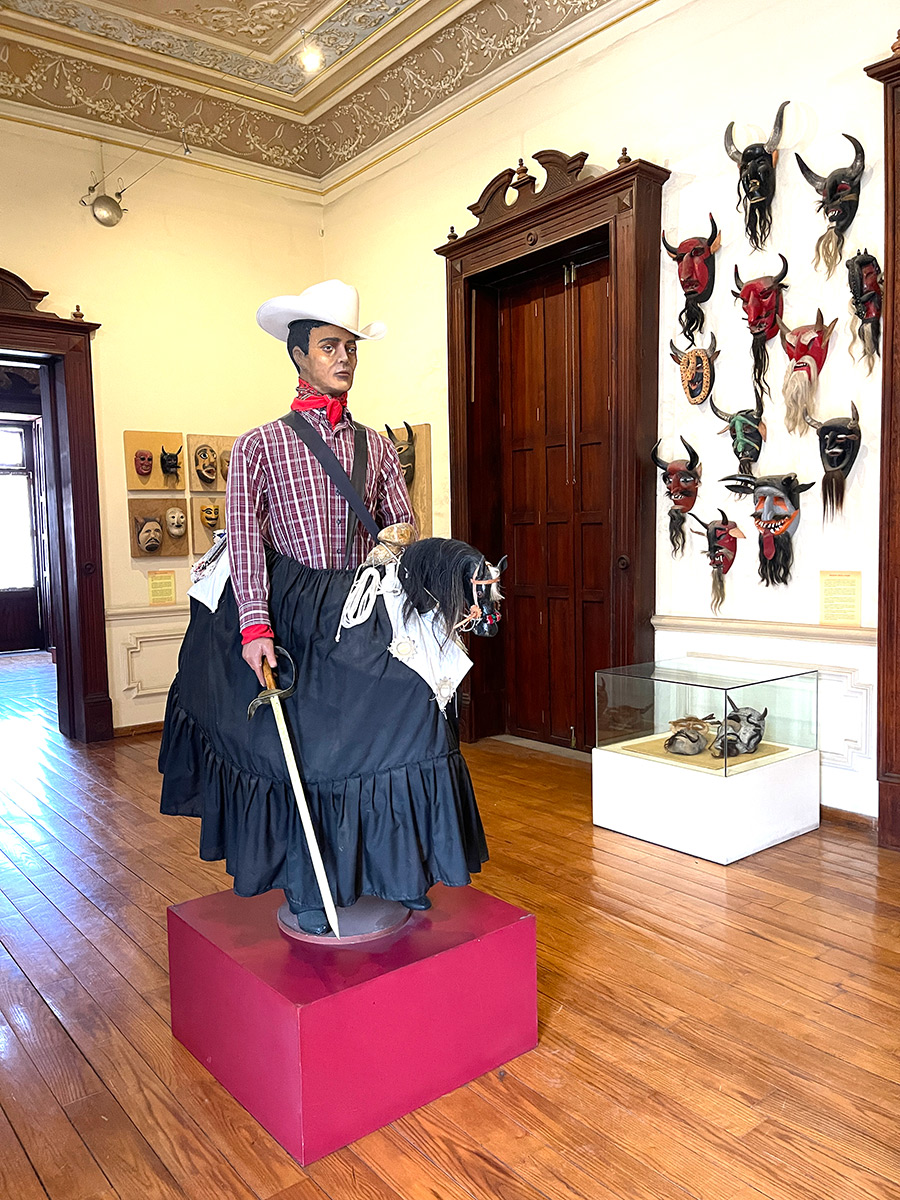
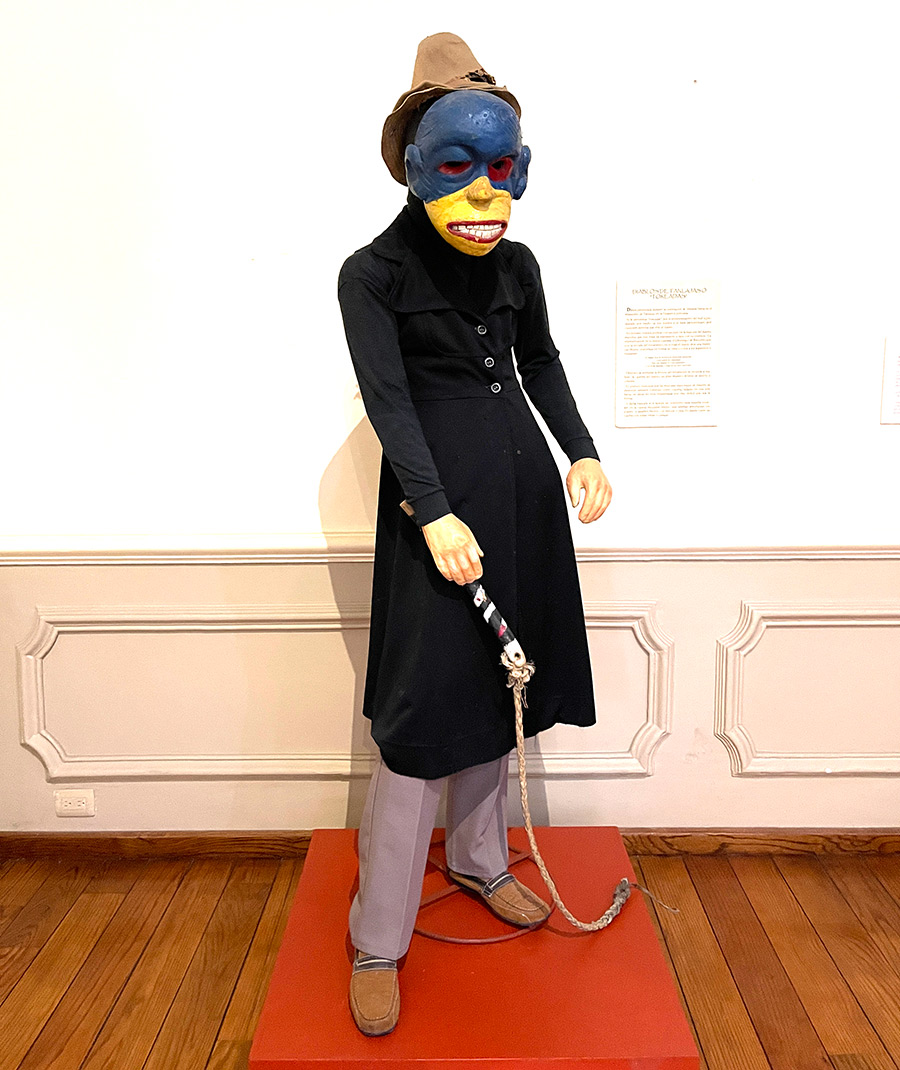
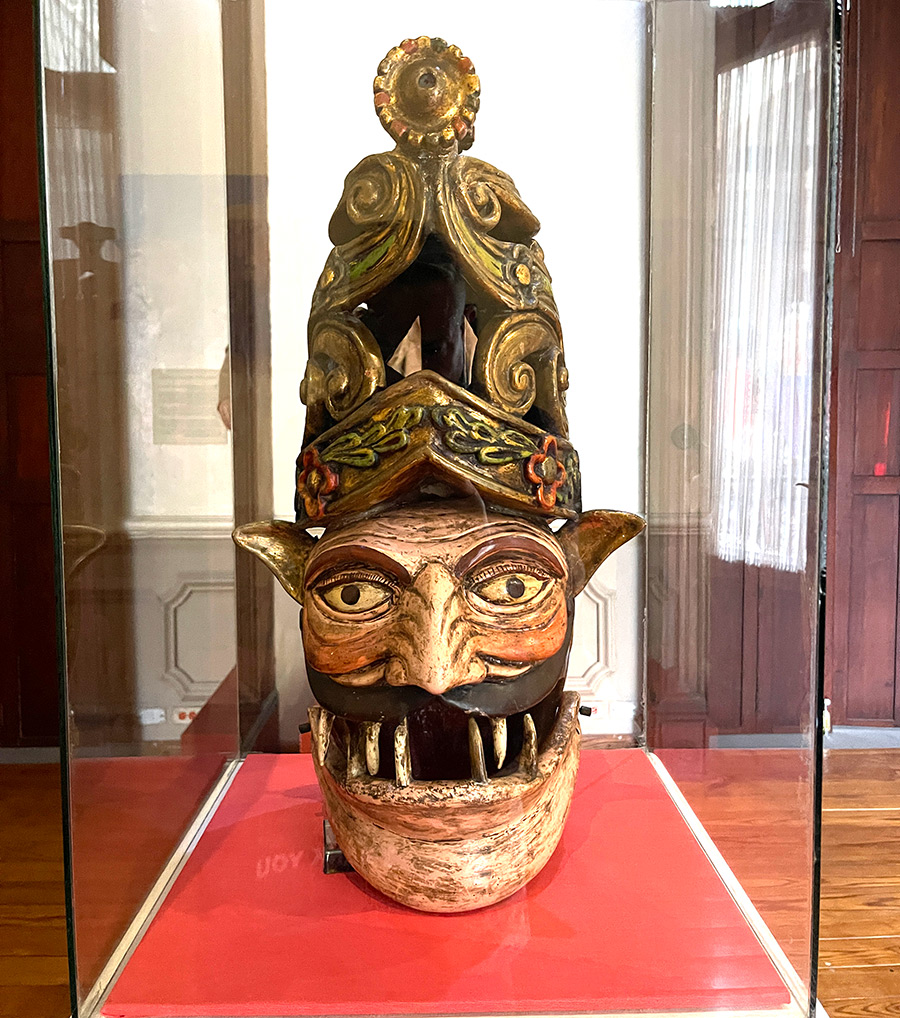
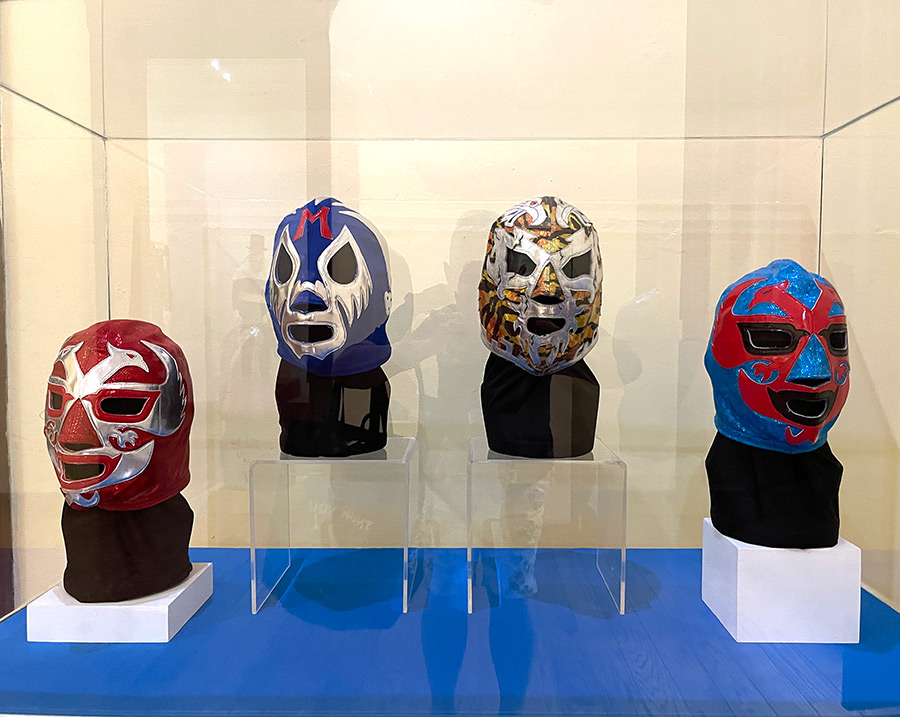
For more information about The Museo Nacional de la Mascara, click HERE.
See Mexican Street Artist SANER, whose work is greatly influenced by the mask making/wearing traditions of Mexico:
Saner, Mexican Muralist and Painter, Studio Visit.
Other Articles You May Like from BSA:
Clearly operating on a different plane, graffiti writer and Street Artist Augustine Kofie continues to steadily evolve his studio practice even while hitting the occasional wall. One of the artists we...
Welcome to BSA Images of the Week! We're thrilled to see you - you look marvelous! The blustery cold snap outside today follows the mercurial mashup of winds, rains, thunder, and hail that sho...
Welcome to BSA Images of the Week. Happy Purim! Streets in Brooklyn were wild with Hasidic Jews in funny costumes the last couple of days, accompanied by loud music and seemingly drunk men weavin...
Here's our weekly interview with the street, this week featuring 92, Alice Mizrachi, Bifido, Dubois Does Not Speak French, El Sol 25, Futura, Jick, JR, Klops, Rubin415, Specter, and Tara McPhers...
With a theme of "Art and Activism", the 2017 edition of Wall\Therapy is happening mid-summer in Rochester with local and national artists coming to complete murals that keep people in mind. More o...
 BROOKLYN STREET ART LOVES YOU MORE EVERY DAY
BROOKLYN STREET ART LOVES YOU MORE EVERY DAY










